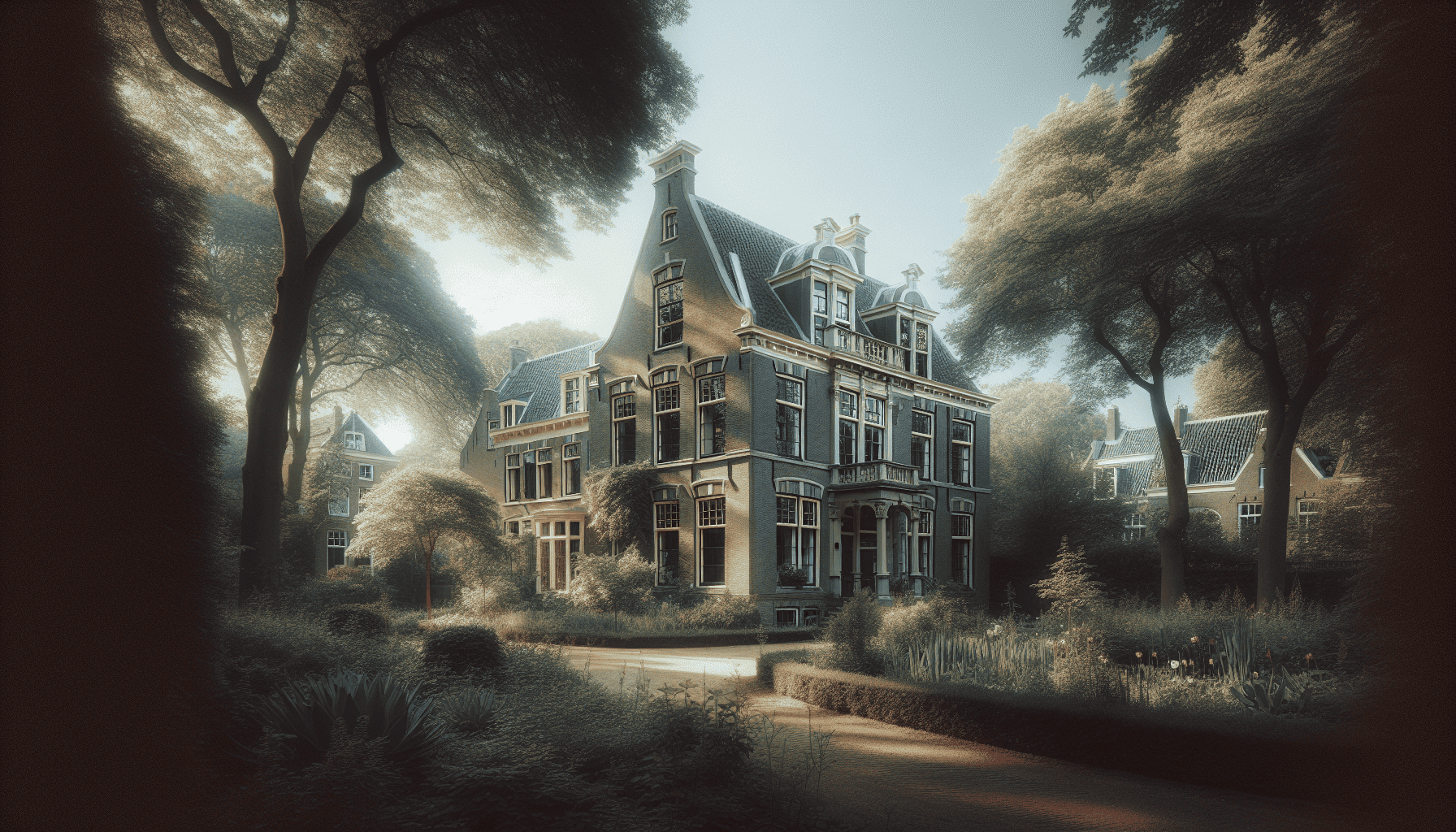Nestled in the heart of Amsterdam, the Anne Frank House stands as a poignant testament to a dark chapter in human history. A visit here is not merely a walk through a historical site, but rather a journey through time that captures the unimaginable courage and resilience of a young girl and her family.
The Anne Frank House, located on Prinsengracht 263, was the secret hiding place where Anne Frank, her family, and four others lived in concealment from the Nazis for over two years during World War II. These hidden quarters, referred to as the ‘Secret Annex,’ became the setting for one of the most influential diaries in the world. Anne’s writings offer an intimate and human perspective on the brutal realities faced by millions during the Holocaust, shedding light on the indomitable spirit of hope amid overwhelming adversity.
Established as a museum in 1960, the Anne Frank House serves to preserve and propagate the stories of the persecuted. As visitors step into the museum, they are immediately transported to the early 1940s, experiencing the cramped and austere conditions in which the families lived. Original photographs, documents, and objects belonging to the Frank family create a deeply authentic and emotional experience.
One of the most profound aspects of a visit is walking through the narrow passage behind the revolving bookcase that leads into the Secret Annex. This quiet, shrouded space remains almost as it was left, resonating with echoes of silence and whispers of the past. Each room carries traces of resilience as Anne’s poignant words seem to linger in the air. The exhibition includes the actual diary, along with notebooks and papers, which become powerful visual symbols of her enduring legacy.
Beyond the physical confines of the house, the Anne Frank House strives to encourage reflection and dialogue about the past and its contemporary parallels. It is a space that invokes both sorrow and inspiration—a reminder of the consequences of hatred, yet a celebration of the power of words and human strength. The museum also offers several educational programs and temporary exhibitions aimed at combating intolerance and discrimination, ensuring Anne's story remains a catalyst for learning and change.
For history enthusiasts, a visit to the Anne Frank House is essential, serving as a reminder of the importance of safeguarding freedom and human rights. It challenges visitors to confront the atrocities of the past and recognize the significant role each individual plays in shaping a just and humane future.
In conclusion, the Anne Frank House is not merely an exploration of history but a profound experience that changes hearts and minds. It stands as a beacon of remembrance and a call to action, ensuring that the lessons of the past live on in our collective consciousness. As we walk through the history-laden corridors, we are reminded of Anne’s enduring message—one of hope, fortitude, and the unyielding belief in the goodness of people.
